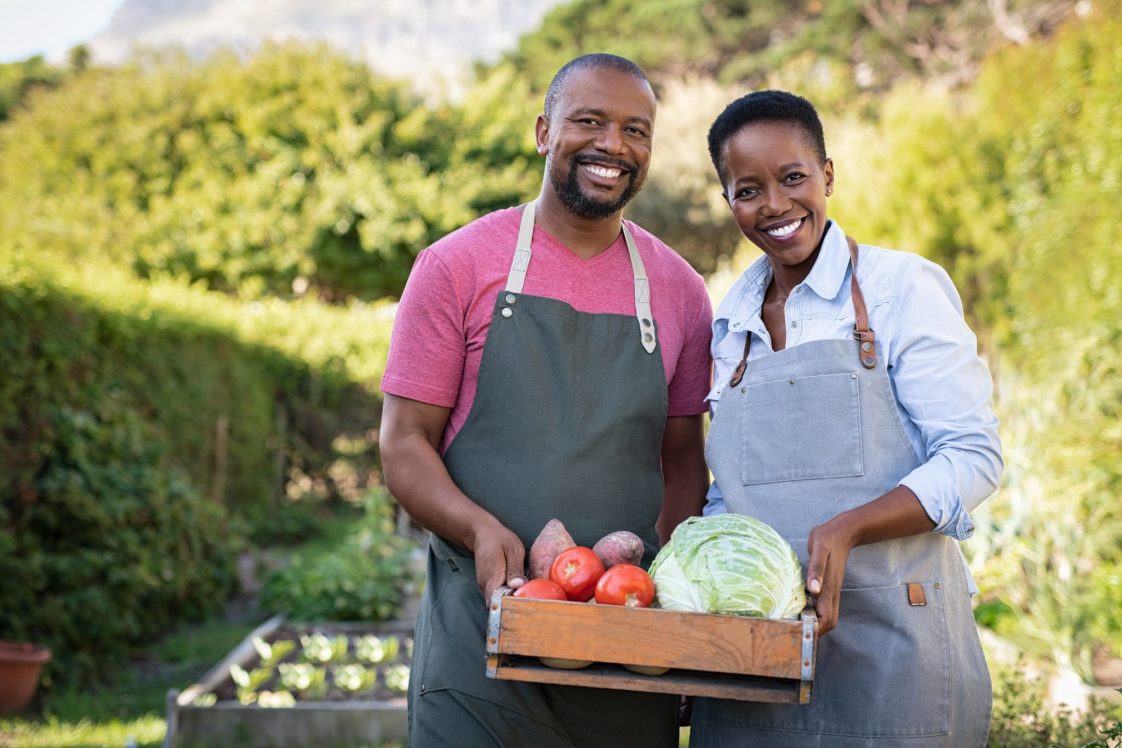Crop Production

Agricultural producers have been facing increasing input costs, including higher fertilizer and gas prices. Supply and distribution issues have contributed to these increasing costs in addition to higher inflation rates across the nation. Further complicating these rising costs are labor issues that have long been a concern in specialty crop production. Fruit and vegetable prices at the farm gate are predicted to increase 12.5% to 15.5% and 6% to 9%, respectively, in 2022 (USDA, ERS, Food Price Outlook, 2022). In an environment of increasing input costs and increasing market prices, it can be challenging to control costs, determine how much to pass along to consumers, and figure out how to price products.
Know the Farms Costs of Production
Actual costs will vary for each farmer, so it is important to estimate the individual farm cost of production. Keeping an accurate account of expenses and sales can assist decision making on the farm and can help with decisions during the current season, as well as better planning for the next year, next season, or next transition.
Enterprise budgets are a method to evaluate costs and profitability. When enterprise budgets are more detailed and specific for the operation, it allows for analysis of the farming practices and production system. This can ultimately help determine how adjustments to production practices will affect the farm enterprise and profitability.
Control what can be controlled and limit costs where feasible within the production system. Improve or maintain efficiency where possible. That includes practices like soil, tissue, or water testing to improve fertilizer application, irrigation, or IPM strategies. Costs of almost all crop protection and crop inputs have increased, so knowing exactly what is needed can help make sure spending is only on the materials and products absolutely necessary for production. It can help producers be more conservative in their expenses and use of resources.
Setting Prices for Your Product
In fruit and vegetable markets, prices are not set the same way as commodity crops like corn or soybeans. Pricing can vary from each farmer and each marketplace at which their produce is sold.
Producers should be considering several things when deciding how to price a product:
- Breakeven price – the price necessary to cover all variable costs of production, i.e. where revenue equals costs. In the long-run, one should consider the breakeven price that would cover all fixed and variable costs.
- Competitive prices – a price that is consistent with the price of competing products.
- Consumer willingness to pay – how much consumers would actually pay for a product.
When considering how to use these three different pricing strategies, producers should seek to maximize profit, although that is not always possible. On the lower end, prices need to be at least breakeven so that it covers all variable costs. If a producer cannot cover their variable cost of production, they should not be producing that crop as they are losing money for each unit sold. Pricing above a competitive price is going to require differentiating the product from other sellers.
Some of the factors that influence customers’ willingness-to-pay higher prices include:
- Offering a product that is perceived as different/superior to others at the marketplace.
- Consumers having a lack of access to substitute products at lower prices.
- Consumer belief that the farm has a positive impact on themselves and the community.
- Targeting consumers with more disposable income.
Final Thoughts in Pricing
When ultimately deciding on the price of fruit and vegetable products, producers should convey positive messaging and transparency.
- When working with a frequent/large customer with an existing relationship, communicate rises in input costs (and therefore increases in your prices) ahead of time.
- Be ready to justify the increase in price to customers if selling directly.
- Remind customers that even though prices have increased, quality and food safety standards have been maintained.
- Be ready to explain that price increases are necessary to the sustainability of the farm operation.
More Information
More information on topics such as the costs of production and how to market specialty crops are available on the Alabama Extension Farm Management Page. For example, the article, “Determining Price for Your Products” includes more factors producers might consider when pricing their products. Lastly, the specialty crop enterprise budgets are another resource.

